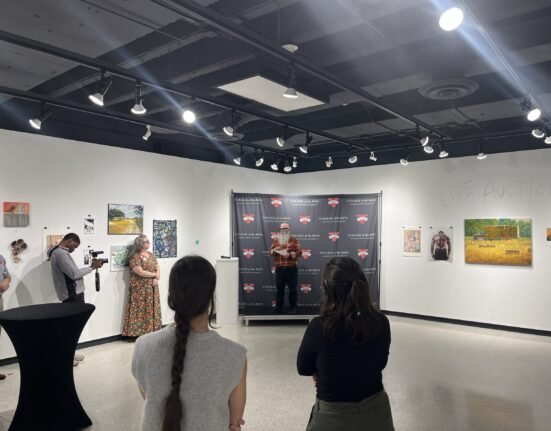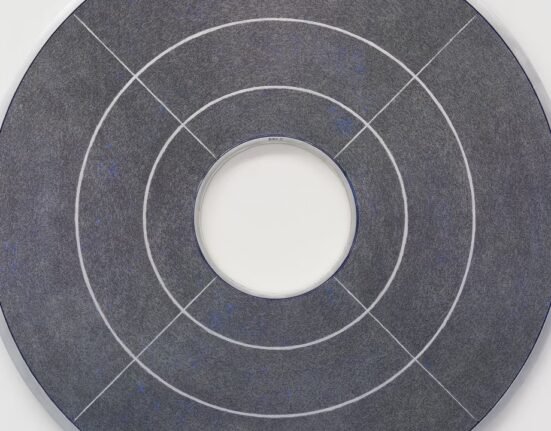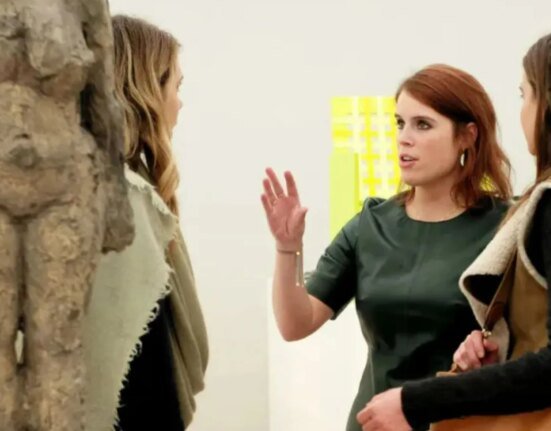The gray-haired art dealer poses in a plush Parisian interior. He relaxes in an armchair, one hand on his chest, looking lost in thought.
The dealer is Paul Durand-Ruel, the leading French gallerist of the 19th century, and the portrait is by one of his best-selling artists, Pierre-Auguste Renoir. Painted in 1910, it hangs in a new exhibition at La Monnaie de Paris titled “Money in Art” — an in-depth exploration of the relationship between commerce and creativity.
Durand-Ruel appears as a picture of poise and restraint compared with today’s mega-dealers, who shift big-ticket artworks in a multibillion-dollar global industry. In fact, he blazed the trail for the generations that followed: He was the first dealer to invest hugely in artists and their careers, and to turn art into a highly lucrative international business.
“Durand-Ruel was the model for the contemporary-art dealers and galleries we see today in major capitals around the world,” said Jean-Michel Bouhours, the exhibition’s curator. “He invented the paradigm.”
Bouhours, a former chief curator of modern art at the Pompidou Center, acknowledged that Durand-Ruel was generous to his artists, helping them even when they had no clients. “Yet behind this philanthropy was speculation,” he added.







